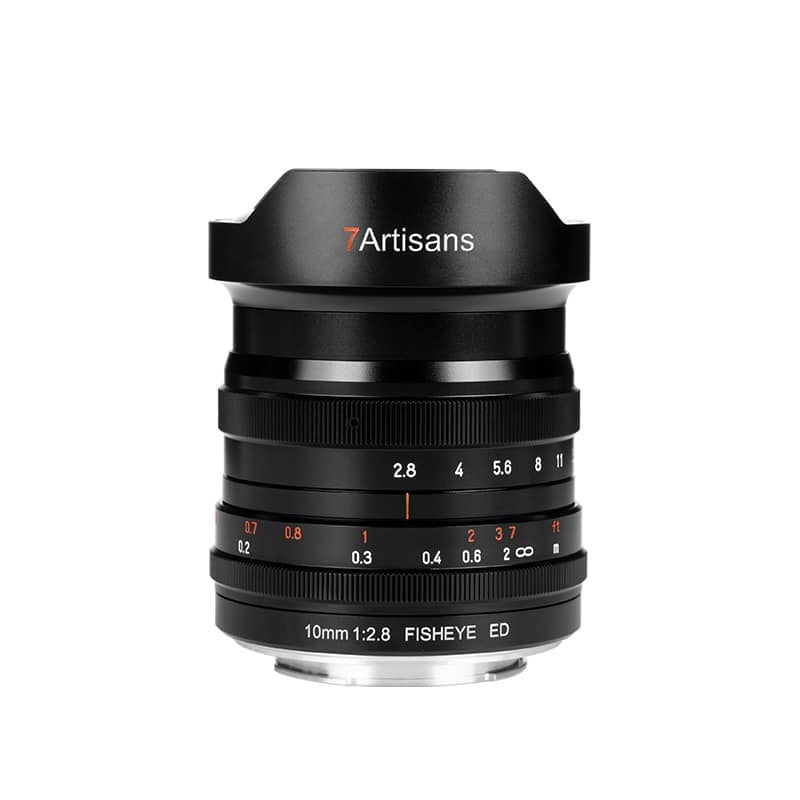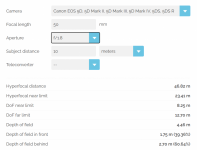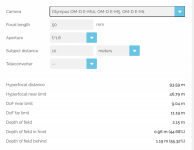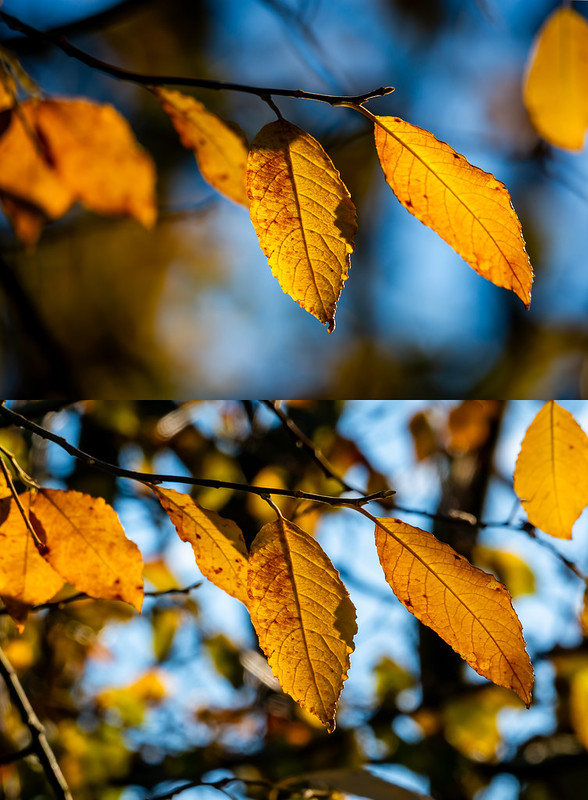- Messages
- 283
- Name
- john
- Edit My Images
- Yes
I am looking for advice regarding the use of Vintage Lenses and adapters to fit my om1 MFT body.
I have been watching a few Yu tube videos on the subject and wish to try it out for myself.90% of the time i shoot in Monochrome/BW and as im not good at processing and i mainly shoot jpg.
I am totally clueless on what size lens or fitting ,but am leaning to the smaller fast vintage Primes. My photography is varied and ill shoot anything that interests me at all.So i am not limited to any particular subject.All i know is that special adapters are needed to take the old fittings.
As i only shoot in BW i am not looking for perfectly pin sharp images but lenese that would be better suited to my type of Photography.Hope this all makes sense. Thank You.
I have been watching a few Yu tube videos on the subject and wish to try it out for myself.90% of the time i shoot in Monochrome/BW and as im not good at processing and i mainly shoot jpg.
I am totally clueless on what size lens or fitting ,but am leaning to the smaller fast vintage Primes. My photography is varied and ill shoot anything that interests me at all.So i am not limited to any particular subject.All i know is that special adapters are needed to take the old fittings.
As i only shoot in BW i am not looking for perfectly pin sharp images but lenese that would be better suited to my type of Photography.Hope this all makes sense. Thank You.








